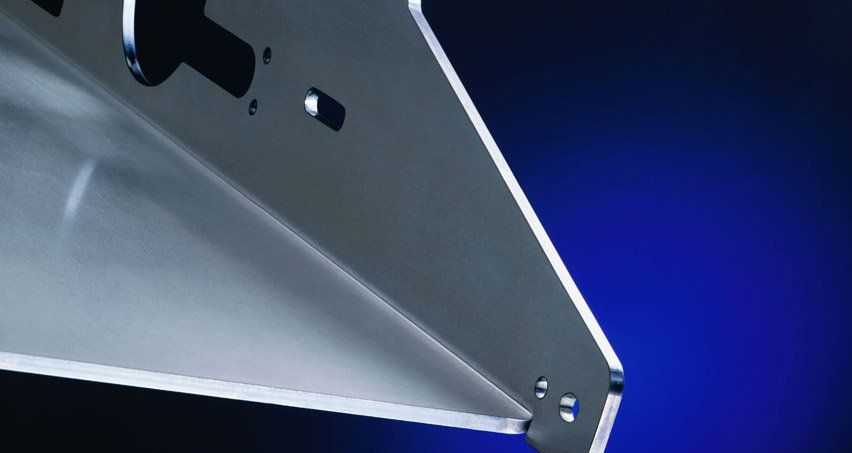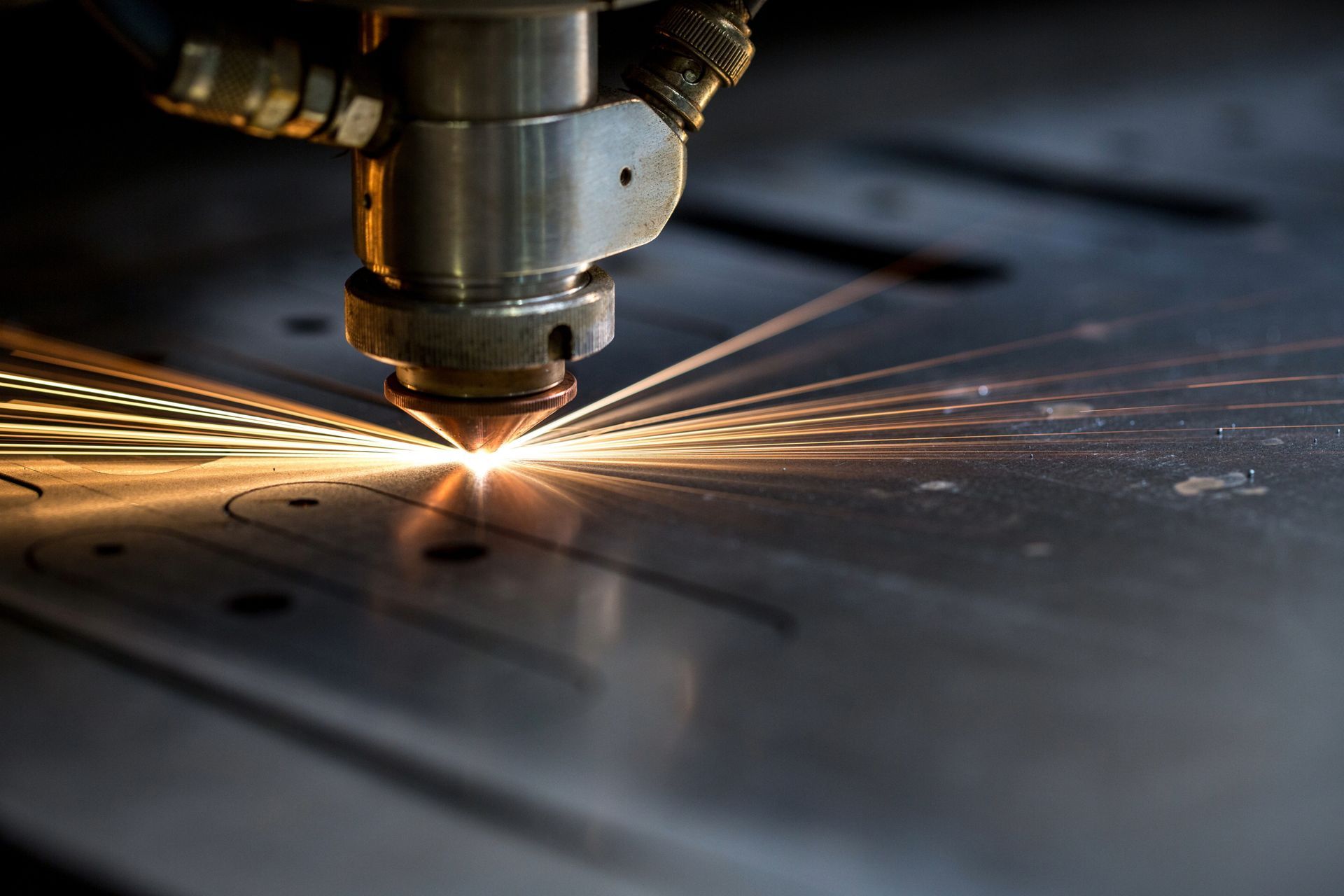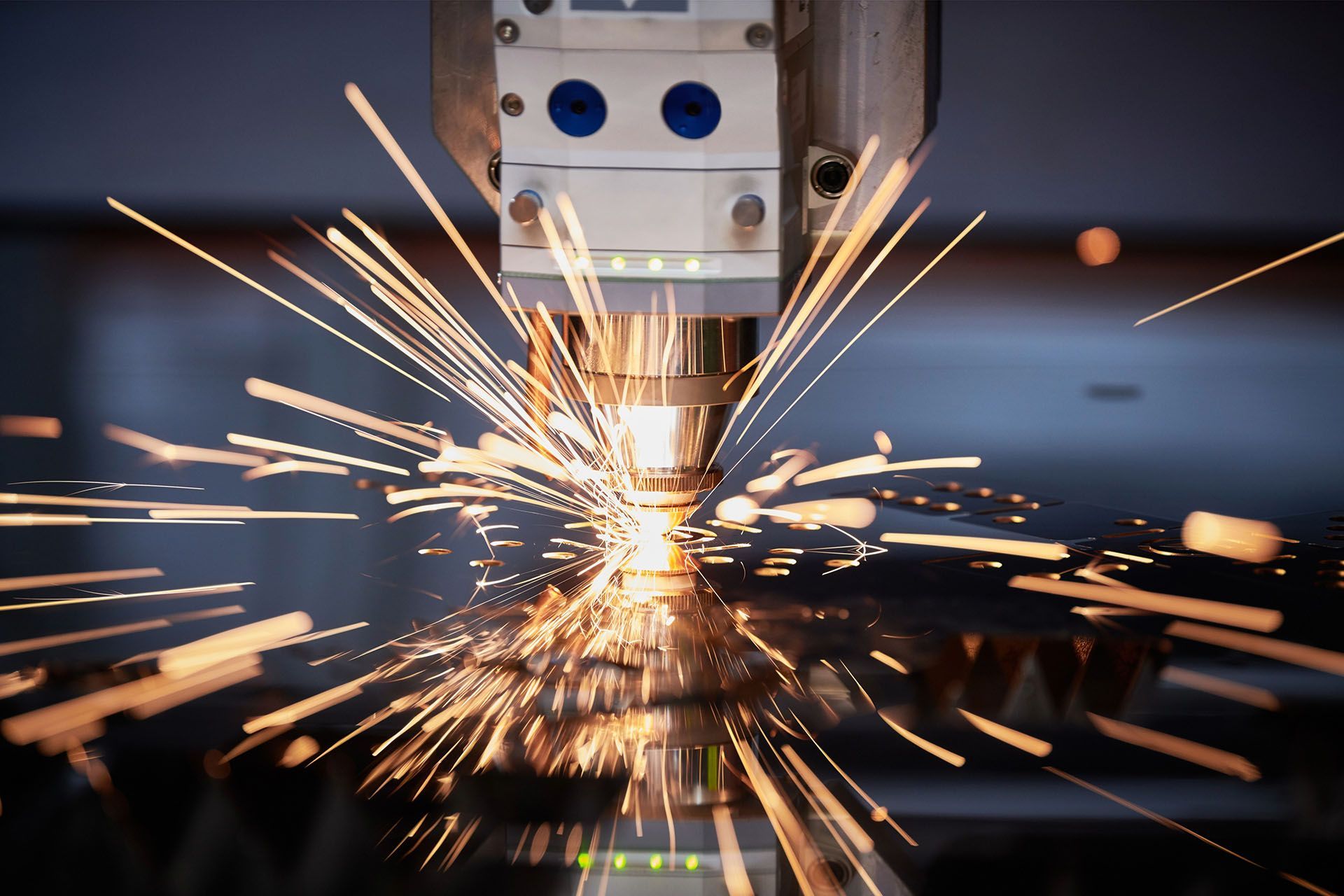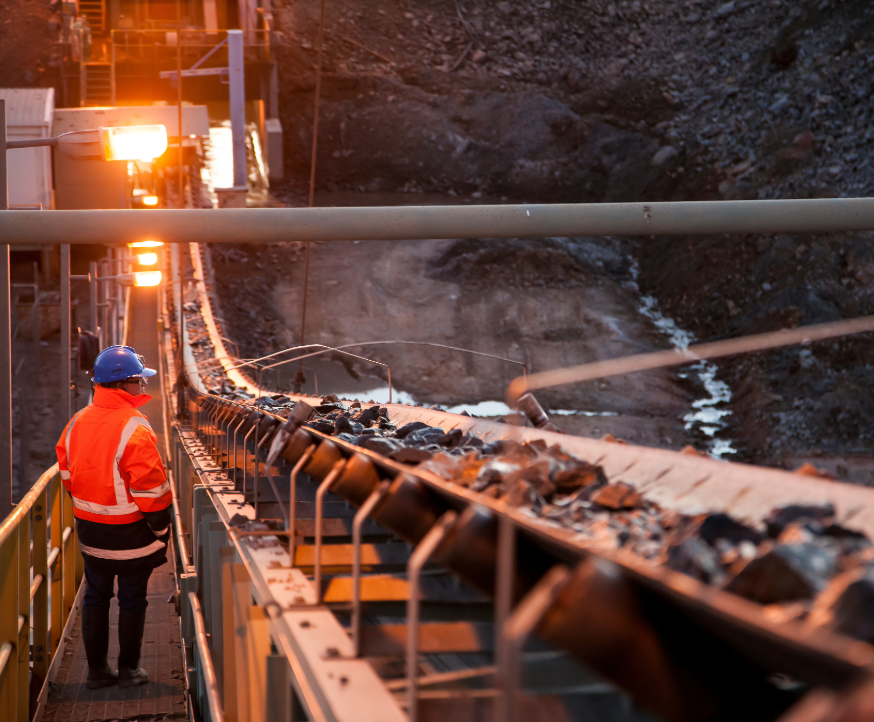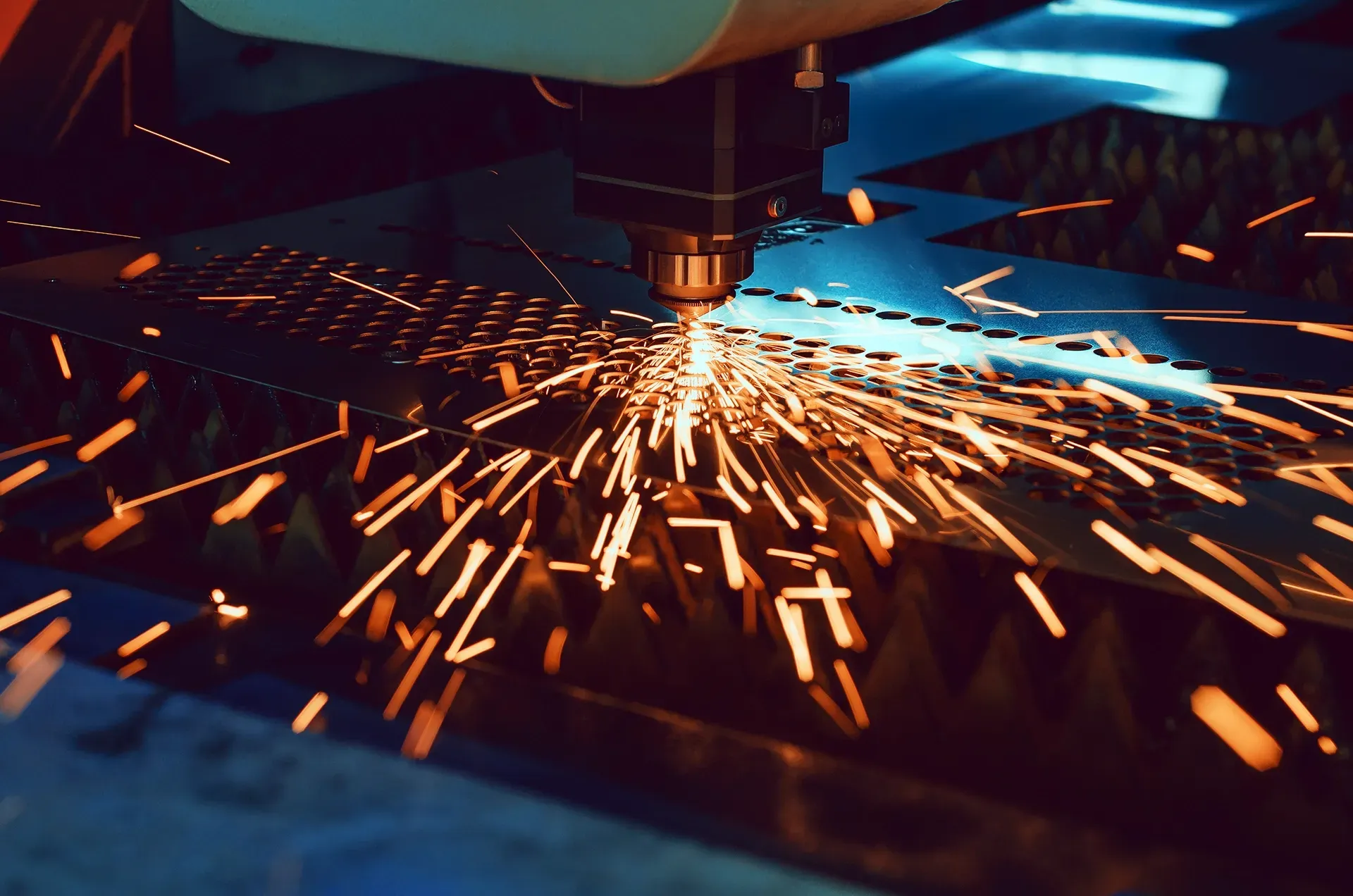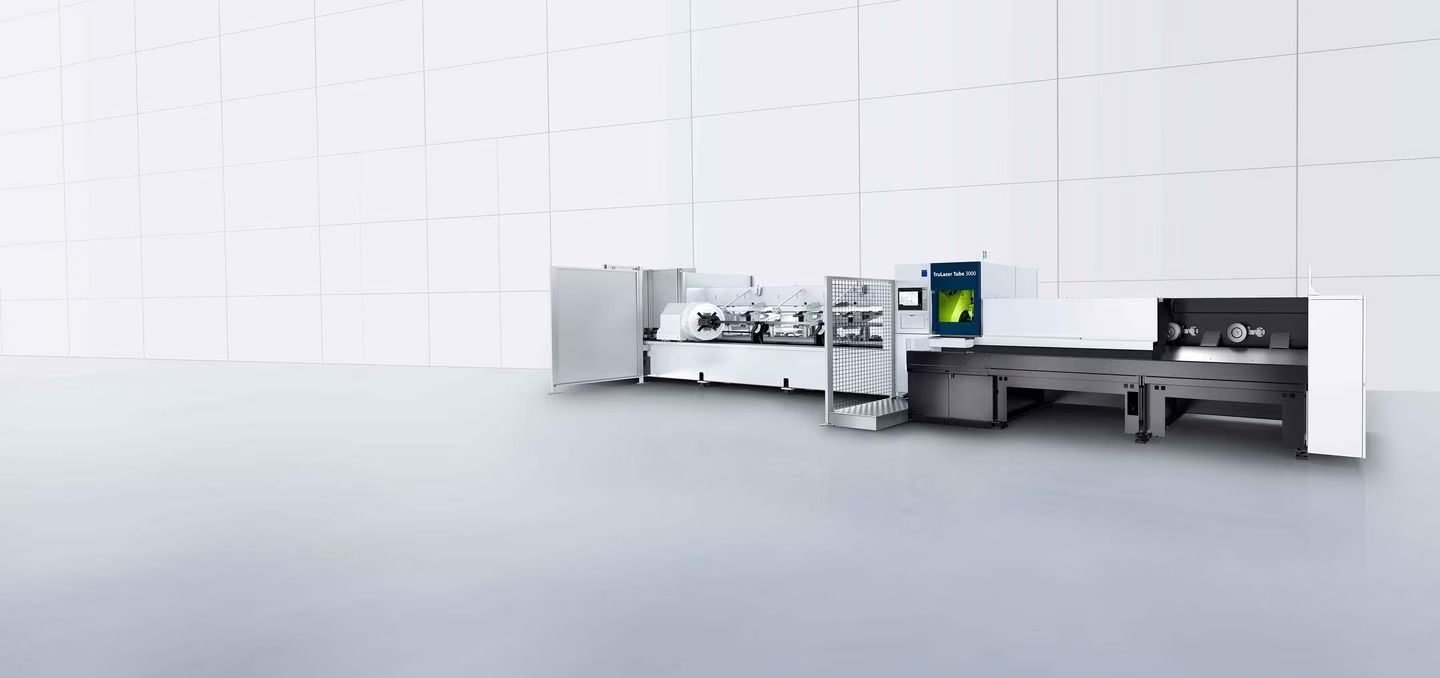32 Harley Crescent Condell Park NSW, 2200 Australia
Stainless Steel Laser Cutting Operators Required to Do More in Today’s Economy
With the economy taking such a hard hit on fabricators, and many shutting their doors, more companies are putting their focus to automation over hiring more people. This means that the operators that were once only responsible for a single part of fabrication are now responsible for many more parts of the Sydney laser cutting stainless steel process.
The Many Duties of Operators for Stainless Steel Laser Cutting in Sydney
Without the large workforce of prior decades, there is not a person to fill every role that is needed to send parts out the door that meet specifications. One of the biggest considerations for any fabricator is quality. Operators today are now responsible for making sure that each part that leaves the plant meets tolerances and customer specifications. This means that the operator is responsible for cutting material and testing for quality assurance.
Laser cutting stainless steel in NSW also can require operators to log and record data. This can be as detailed as time trials, error reporting, and records pertaining to all the material that is processed on a particular laser. This can even entail data entry into the production software as paper recording is no longer the standard.
Preventative maintenance is another requirement for laser cutting stainless in Sydney. Preventative maintenance is something that was once taken care of by an entire maintenance department. Automation is moving more maintenance to the operator. Cleaning and basic maintenance of machinery are falling on the shoulders of the operator instead of a maintenance department. This becomes even truer as machines become more complicated and operators are truly the experts at running these advanced machines.
Troubleshooting is another responsibility of the operator. Plants used to have large staffs of engineers to deal with problems that come up with stainless cutting machinery. Operators are now responsible for determining why a machine goes down, parts are not up to the quality standard that they should be, and even providing input to the CAD draftsman.
With all of these responsibilities resting on the operators, many fabricators are finding that a new breed of operator is required. Operators now need to be much more versed in computers, adaptable to changes, and have critical thinking abilities to provide what the customer expects in a world with rapid changing technology.
Get in touch
for more information.
RECENT POSTS
